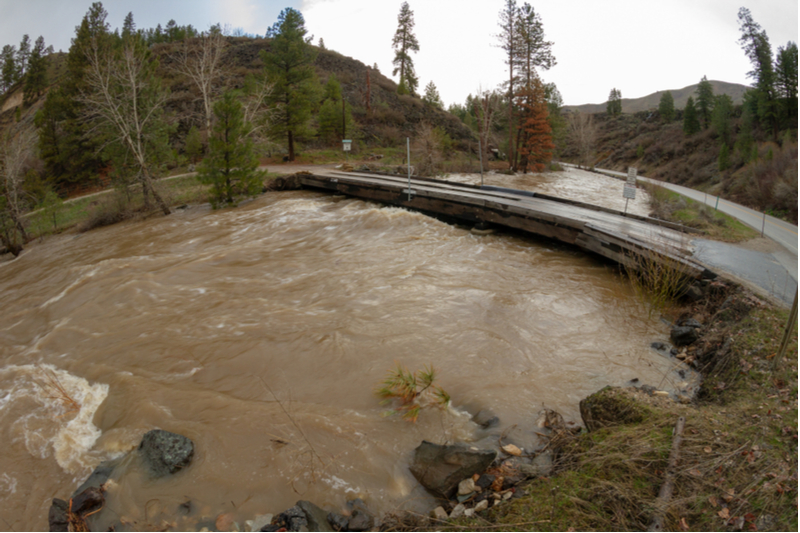
In all the noise that passes for news, one story in recent weeks stands out to me: the catastrophic flooding throughout the Midwest. Homes, businesses, roads, and farms all sit under feet of water with more projected to come. One farmer saw his 10,000 acres of wheat, two weeks from harvesting, swallowed by the Arkansas River. He estimated losses of $35 million, leaving him with all his annual expenses and without his sole source of income.
It wasn’t that long ago that we experienced our own devastation due to record winter runoff. From February to June in 2017, large chunks of Idaho turned into a lake. While total damages ended up in the hundreds of millions, the scary part is that it could have been worse.
Less collaboration between local, state, and federal officials would have compounded the issue. A few more rainstorms at the wrong time in the wrong place would have raised rivers even higher, flooding more ground and homes.
The Next Flood
So, why am I sitting here writing about flooding that isn’t happening here and events from two years ago?
Because what happened before could happen again next year. Of course, we can’t predict winter snowfalls, the speed of melt, or even if the ground is still too frozen to absorb the water. But it seems apparent that what happened once can happen again — especially when it involves Mother Nature. We need to plan accordingly.
This part of public policy isn’t exciting, but it’s critical. I’m also learning that it comes with a lot of qualifiers: “We think…,” “We have to assume…,” and “Based on past experience…” In short, we can forecast what might happen and the best way to respond, but by default, that information will be based on past events. What happened in the past may look like what happens in the future, but the details may differ enough that what we did before won’t work this time.
Focus On What We Can Control
This reality demands that we focus on what we can control. Some are simple, like building strong working relationships between local, state, and federal agencies. Others are more complicated, like building up and reinforcing our existing infrastructure.
It all deserves our time and attention. Because when the things start to go sideways, we won’t have the luxury of time to figure out who we need to call to begin an evacuation or who can authorize the use of heavy equipment to reinforce a levee.
Having crossed paths with several folks and groups who are responsible for emergency efforts in Idaho, I’m confident we’re moving in the right direction. They’re invested in protecting you and our state. I’m curious if you think your community needs to improve its disaster prep. What could be done better?